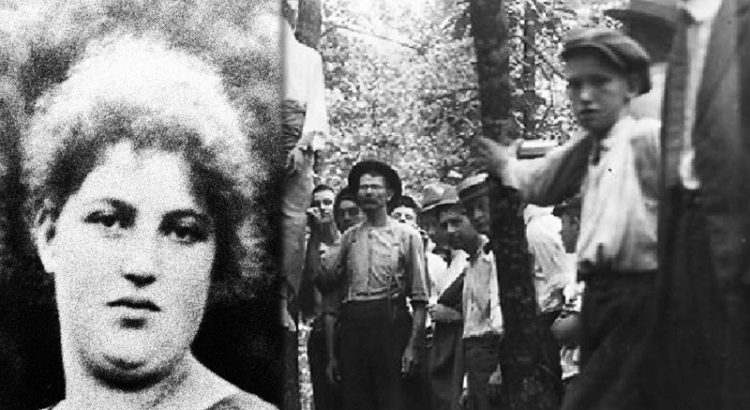Eudora Kemp was a Poplars nobody – until that final, tragic afternoon when she seared her name on School history. She was plain, stolid, undistinguished academically or artistically, and lacking in the type of family connections that might make up such a shortfall in charisma. Additionally, she was cursed by frequent waves of pimples that […]
Category: Chronicle
Everything Poplars, past, present and conjecture.
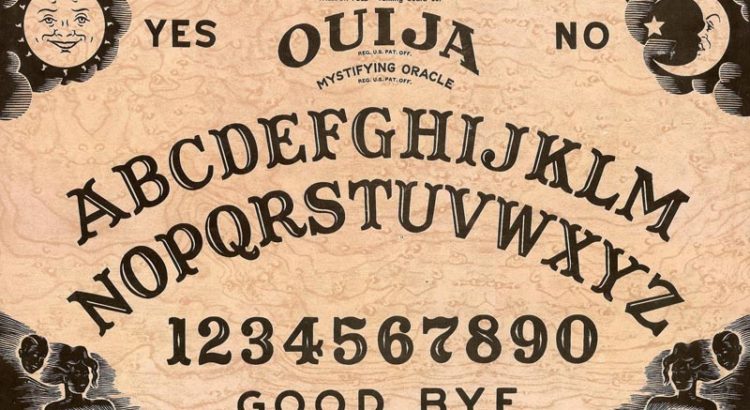
MISSING: The Four Gees, 1912
In 1912, around sixty girls slept on the second and third floors of the main house, in small dormitories of four to six beds apiece. Gloria Atkinson shared a bedroom with three other ninth-graders — Gertrude Mortimer, Gladys Portnoy and Jemima Delreaux. They were a tight-knit group known, for obvious reasons, as the ‘Gee-Gees’. Around […]
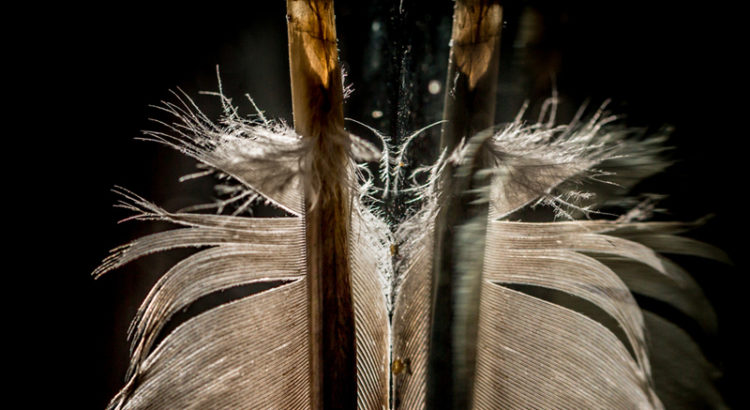
MISSING: Rhoda, 1899
Rhoda Evanston is the first Poplars girl to be officially recorded as Missing — she vanished during the grand Fin De Siècle ball held at the School on December 31st, 1899. Like Eudora and Thea, her disappearance was reported with much excitement by the press. Foolish, flighty Rhoda, so the official story goes, was engaged […]
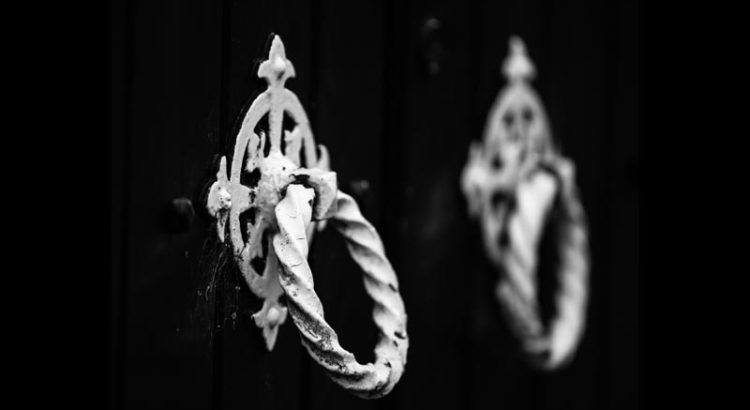
MISSING: Nellie, 1888
Note: ‘Nellie’ Forbs may not be one of the Missing in the strictest sense. It is not clear, either from Edith’s letters or additional documents, whether “beloved Nellie” refers to the baby girl Cornelia, Edith’s toddler half-sister (b. 1886), or her full sister, Helena (b. 1878). The records regarding both girls are sketchy (birth certificates […]
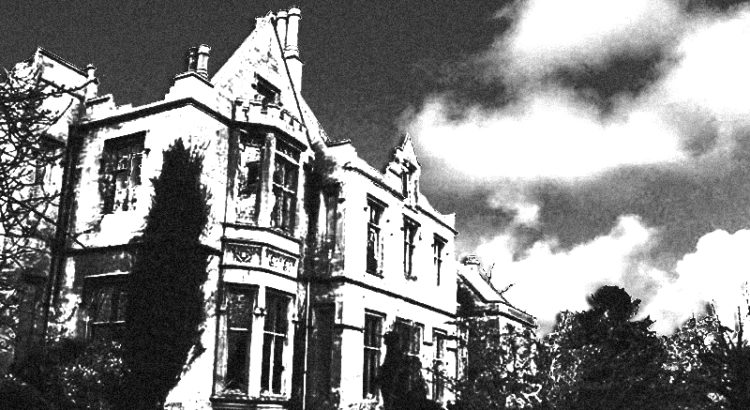
MISSING: Effie, 1876
After the last soldier abandoned the hospital after the war The Poplars settled in on itself, a splintered staircase here, a broken floorboard there, a hanging patch of plaster overhead. Mice came, and birds, insects, all the small creatures that like to nest, nibble and scratch: they took the house apart morsel by morsel, spattering […]
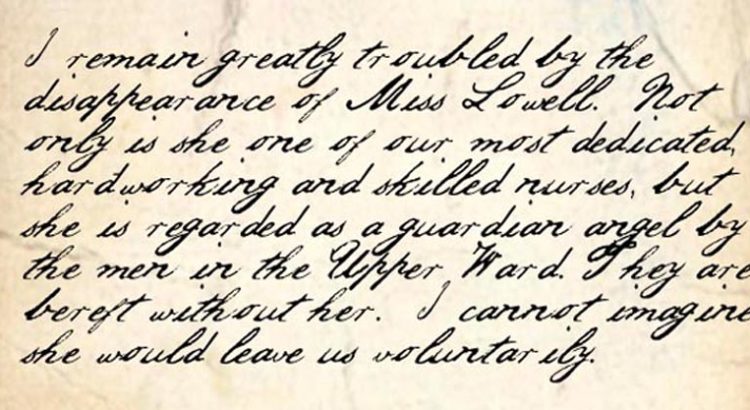
HISTORY: Letter from a Civil War Surgeon
Dr. Isambard Jackson presided over The Poplars during the Civil War, when it was commandeered as a Field Hospital by the Confederacy. His letters to his sister, Maria, contain two brief references to Clarissa Lowell, a volunteer nurse who vanished in the spring of 1864, during one of the most brutal months of the entire […]
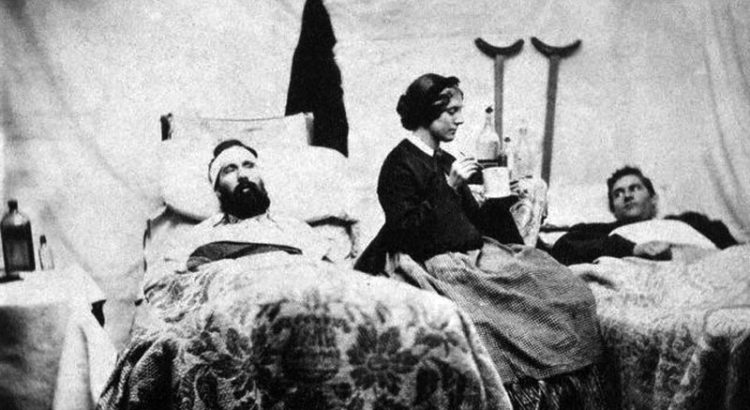
MISSING: Clarissa, 1864
Although she would never, of course, confess it aloud, Clara was not looking forward to the end of the war. She could not imagine returning to her old, ornamental existence. Sometimes, as she spent her days tending to the weakened and dying, bandaging bloody stumps and carrying buckets of the foulest slop imaginable, she flashed […]
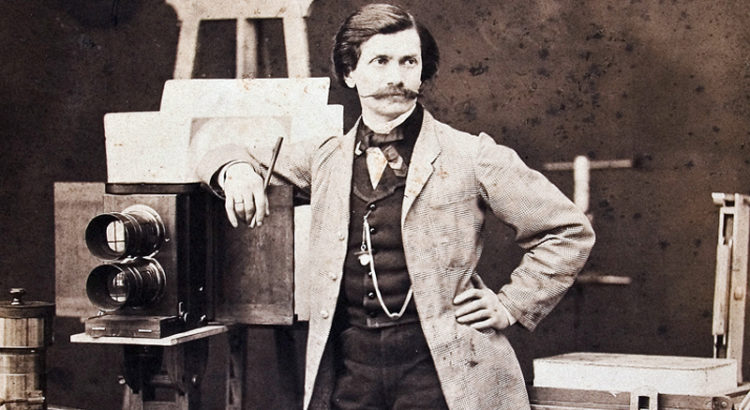
HISTORY: Gilbey & Sons Photographers, Part 1
Aloysius Gilbey, gentleman scientist, was a contemporary of Edgar Forbs, although he was educated overseas, in Germany. The two men shared an interest in chemistry, although Aloysius was concerned that his friend focused on the esoteric rather than the scientific. Throughout the 1840s they visited one another regularly, sharing their thoughts on the latest papers […]
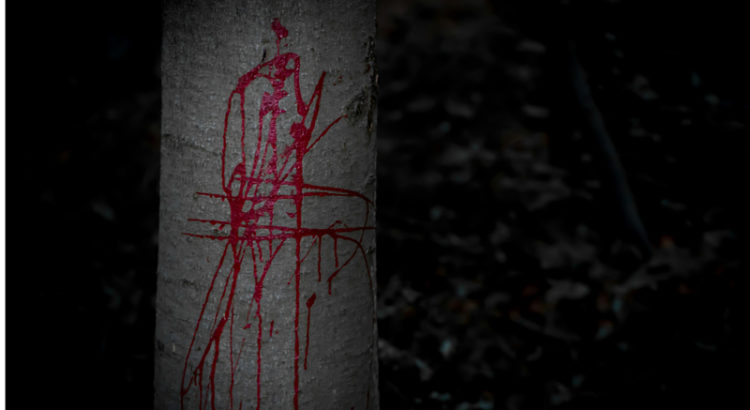
HISTORY: Raffney’s Oak
When Thomas Forbs arrived in the valley that was to become The Poplars, in the late 16th century, the only area that wasn’t thick forest was the clearing surrounding the Well. It took Forbs and his people many years to clear the area of trees and start planting their own crops, thus evolving from hunter-gathers […]

INSPIRATION: Yonic Symbols
Y’all know what a phallic symbol is, right? A jutting representation of the male ego: the rod, blade, column, crane, rocket, gun, flagpole, or even the pen used to pay homage to the penis. Our cityscapes are littered with them, proud skyscrapers and spires thrusting into the pliant sky, proclaiming the upward intentions of their […]
